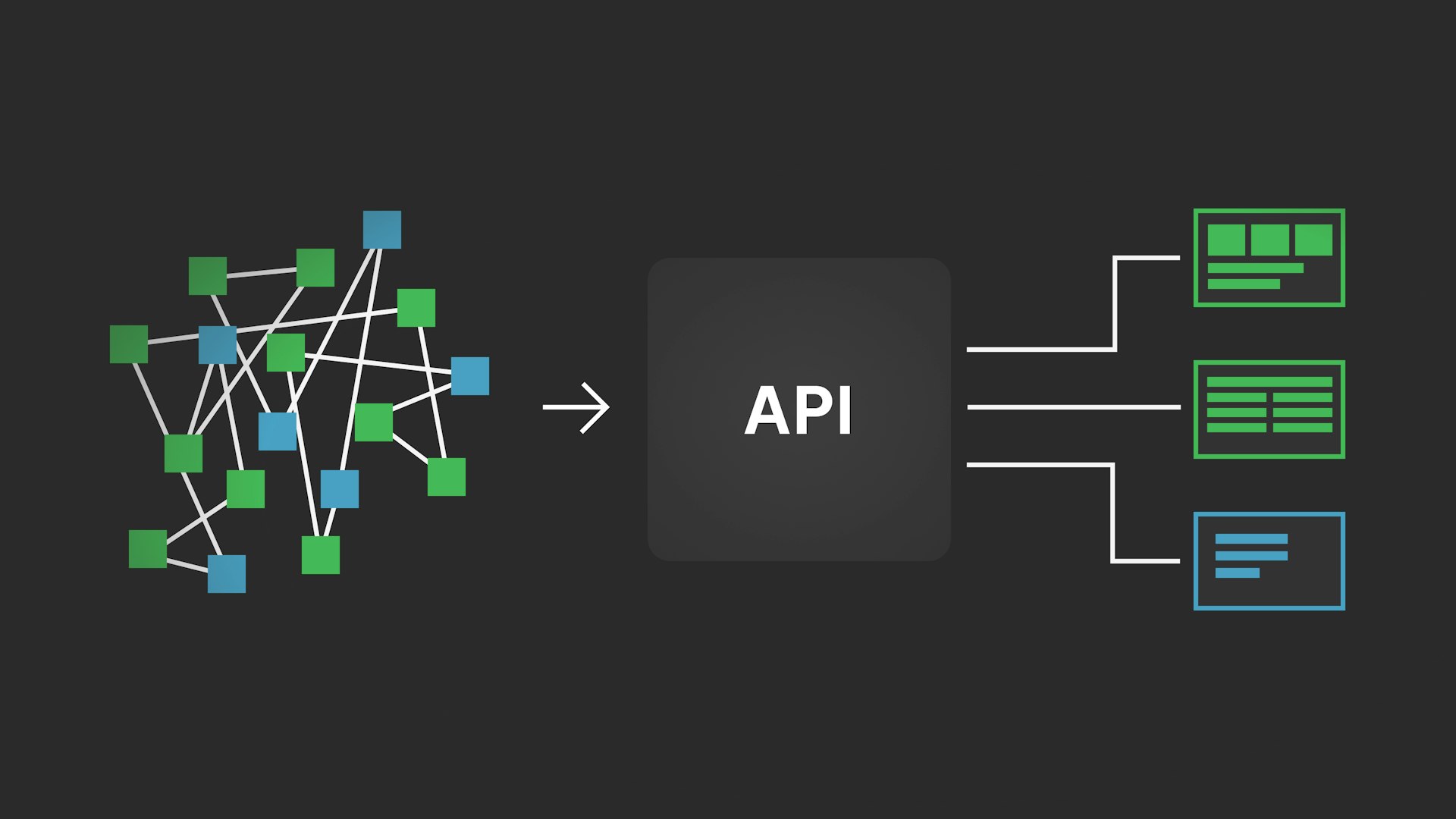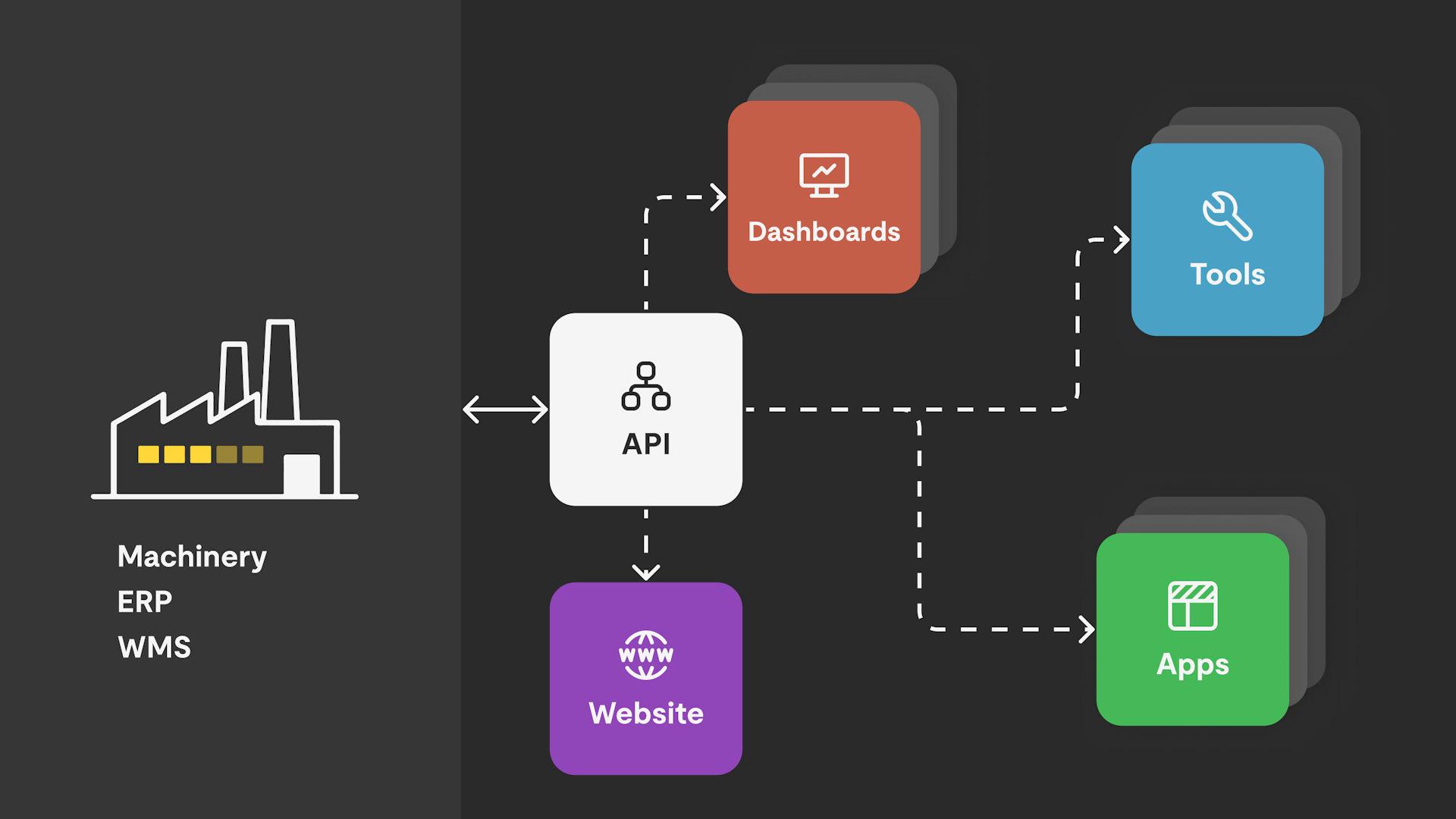API-First: How to Turn IT Chaos into a Connected Ecosystem
Let’s be honest: many IT landscapes look like our office after a weekend coding marathon. Half-finished projects everywhere, nothing talks to anything else, and somehow it all works — though no one is quite sure how or why.

APIs: The Connective Part of Modern IT
Think of your systems like Lego bricks. With the right approach, they can snap together and work in harmony. This is the essence of API-First: instead of letting systems exist in isolation, you give them a shared language.
The centerpiece is a central API, a highly capable translator that speaks multiple “system dialects” fluently. All data flows through this hub, enabling integration without replacing your existing infrastructure.
A Real-World Example: From Disorder to Order
One organization faced a familiar set of headaches:
Employees had to log in to multiple disconnected systems, each department maintained its own data, and the IT team spent more time syncing information than on strategic projects.
The Solution: Single Sign-On Across All Systems
The fix was straightforward yet powerful: a central API linking every system, combined with an authentication service that unified existing logins without replacing them.
The outcome: users log in once and instantly gain access to everything they need. Admins can grant access to new applications in just a few clicks. The IT team finally has the bandwidth to focus on long-term priorities.
Key Improvements
Self-Service: Users can update their own information, reducing admin workload
Role-Based Access: The portal displays only the apps relevant to each user’s role
Developer-Friendly: The open API design allows internal and external developers to create integrations with ease
The Business Case
At first glance, these projects can seem expensive and complex. While there is truth to both, the ROI often becomes clear when you factor in hidden costs.
The Cost of the Status Quo
Hours lost every day to manual data transfers
Inconsistent data across departments
New system integrations taking months instead of days
IT teams stuck in constant firefighting mode
The Payoff of Going API-First
Incremental Modernization: No need to replace everything at once, legacy systems can be upgraded into fully connected components.
Operational Flexibility: The portal becomes the single control center, with users seeing only what matters to them.
Future-Proofing: New tools can be integrated quickly and seamlessly.
Pitfalls to Avoid
Rushing a DIY Build
APIs need deliberate design. Flaws in the foundation can create major headaches later. Investing in proper standards and planning is worth it.
Treating Performance as an Afterthought
If your central API is slow, every connected system suffers. Caching, load balancing, and monitoring should be part of the initial architecture.
Adding Security Later
Security must be built in from day one. Authentication, encryption, and strict access control are non-negotiable.
Why Now is the Right Time
While some organizations are still weighing their options, competitors are already building connected digital ecosystems. You can start anytime, but the longer you wait, the harder it gets.
API-First is more than a passing tech trend. It enables an IT landscape where systems collaborate instead of compete, where new features launch quickly, and where IT teams can work strategically rather than reactively.
The real question is not whether API-First makes sense. It is whether you want to keep wrestling with fragmented systems or build a truly integrated ecosystem.
Questions or interested? We are always available by phone or email.


